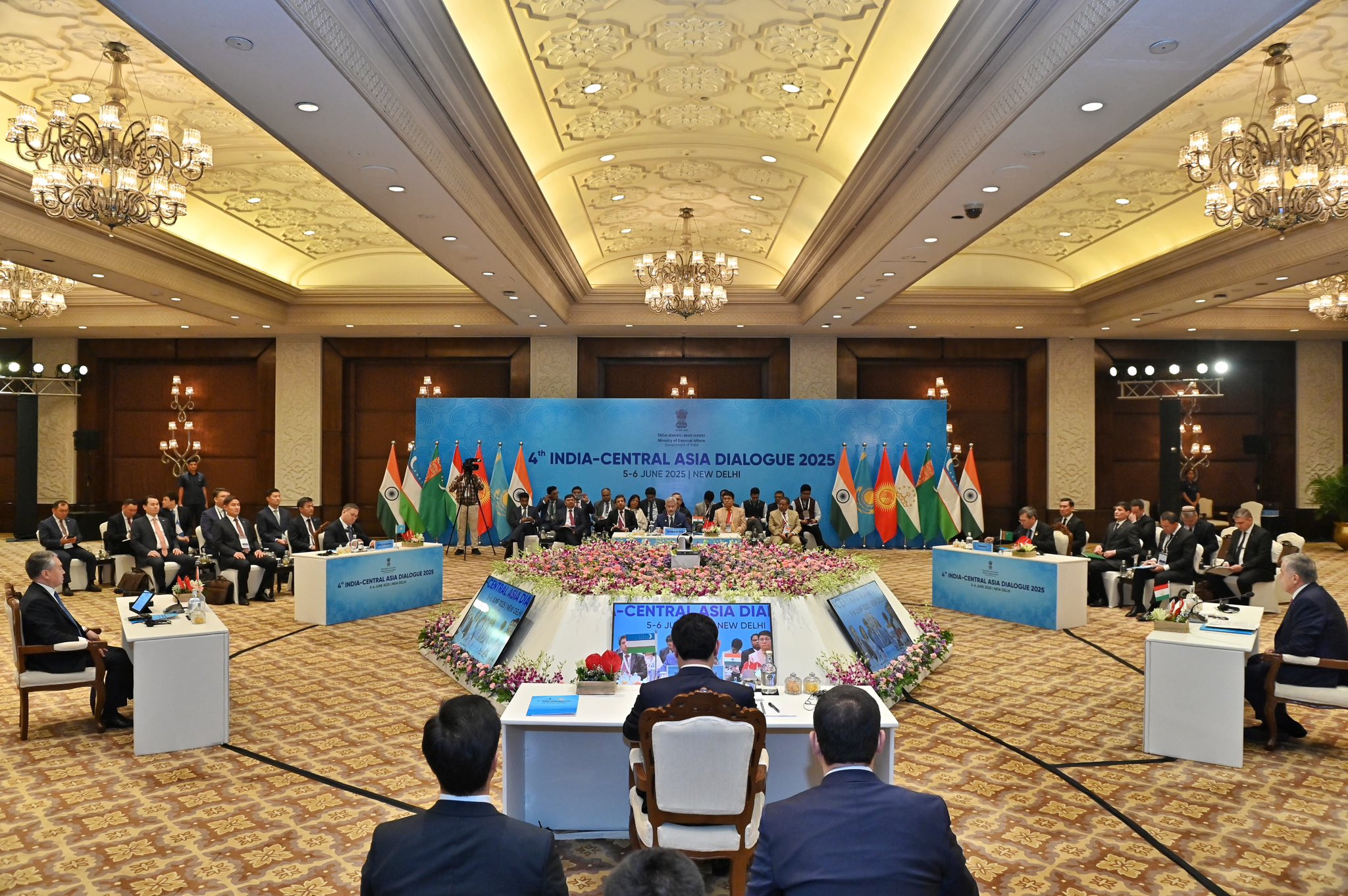In a landmark step toward reducing global dependence on China for critical mineral supplies, India has expressed interest to form a strategic alliance with five Central Asian countries—Kazakhstan, Kyrgyzstan, Tajikistan, Turkmenistan, and Uzbekistan—to jointly explore and develop rare earth and other critical mineral resources. This was discussed during the 4th India-Central Asia Dialogue, held in New Delhi on June 6.
The joint statement issued after the meeting underscored a shared commitment to diversifying the supply chain for essential materials used in sectors like renewable energy, electronics, defense, and electric vehicles. The move comes at a time of heightened concern over China’s tightening grip on rare earth exports, particularly following its April 2025 export restrictions citing national security interests.
Currently, China controls about 70% of the global rare earth mining and dominates refining and processing. The new India–Central Asia partnership aims to challenge this monopoly and mitigate the geopolitical risks associated with over-reliance on a single supplier.
Foreign ministers from all six participating nations reaffirmed their intent to deepen cooperation in trade, connectivity, and technological innovation. The upcoming second India-Central Asia Rare Earth Forum will build on the groundwork laid in 2024, with a focus on joint ventures, delegation exchanges, and knowledge sharing.
India, which holds the world’s third-largest rare earth reserves, remains underutilized in the sector due to limited private investment and refining capabilities. Through the National Critical Mineral Mission, the Indian government is promoting domestic mining and processing, including possible fiscal incentives to boost the production of rare earth magnets.
Experts believe this collaboration could reshape the global rare earth landscape, offering alternative supply routes and enhancing economic resilience for partner nations. The agreement also includes India’s offer of technical assistance to its Central Asian partners, as well as efforts to strengthen regional connectivity through the International North-South Transport Corridor (INSTC) and the Chabahar Port initiative.
In addition to mineral cooperation, the dialogue covered a wide array of strategic issues, including digital infrastructure, healthcare collaboration, and counter-terrorism efforts. Both sides reaffirmed their commitment to sustainable growth and regional stability.
The next edition of the India-Central Asia Dialogue is scheduled for 2026, with strong optimism on both sides for the future of this evolving partnership.













